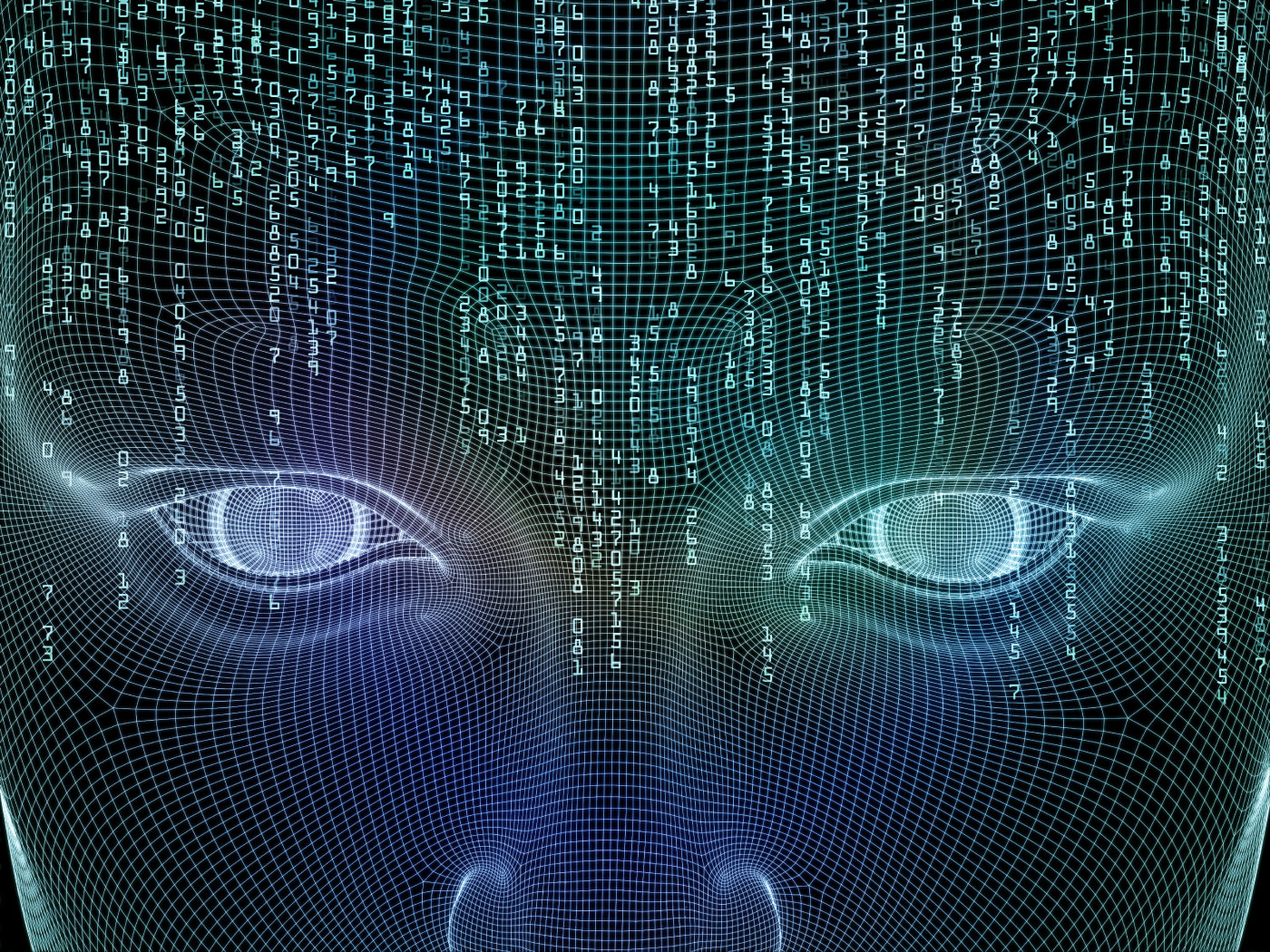AI and Work: Preparing for the Fourth Industrial Revolution
The Fourth Industrial Revolution
We’re at the beginning of what some analysts call The Fourth Industrial Revolution—sometimes referred to as Industry 4.0—the marriage of advanced manufacturing techniques with artificial intelligence (AI) and the Internet of Things (IoT). The goal is to produce a hyper-efficient, automated, interconnected system capable of communicating, analyzing, and using information to drive progress.
There’s a lot of talk about the impact of Industry 4.0 on jobs and the future of work. It’s a newsworthy topic that has made its way into the daily media cycle, particularly as some investors predict more automation and fewer jobs in the future.
What is AI?
AI is not a discrete technology. It’s a constellation of technologies that mimic behaviors and cognitive abilities associated with humans, such as rationalizing, reasoning, problem-solving and learning.
Being able to sense, comprehend, and automatically act upon what is learned—without being explicitly programmed to do so—is what makes AI more powerful than traditional computing technologies.
Some of the most popular AI technologies are:
- Speech Recognition — transforms human speech to text and other machine-readable formats
- Natural Language Processing and Text Analytics — makes it possible for computers to understand sentence structure, intent, meaning, and sentiment
- Machine Learning Systems — algorithms that learn and make predictions based on patterns in data
- Decision Management — automated decision-making engines
- Virtual Agents — chat bots and more advanced personal assistants like Amazon’s Alexa and Apple’s SiriAI is with you already. There’s no escape.
[…]
read more – copyright by www.astoriasoftware.com


AI and Work: Preparing for the Fourth Industrial Revolution
The Fourth Industrial Revolution
We’re at the beginning of what some analysts call The Fourth Industrial Revolution—sometimes referred to as Industry 4.0—the marriage of advanced manufacturing techniques with artificial intelligence (AI) and the Internet of Things (IoT). The goal is to produce a hyper-efficient, automated, interconnected system capable of communicating, analyzing, and using information to drive progress.
There’s a lot of talk about the impact of Industry 4.0 on jobs and the future of work. It’s a newsworthy topic that has made its way into the daily media cycle, particularly as some investors predict more automation and fewer jobs in the future.
What is AI?
AI is not a discrete technology. It’s a constellation of technologies that mimic behaviors and cognitive abilities associated with humans, such as rationalizing, reasoning, problem-solving and learning.
Being able to sense, comprehend, and automatically act upon what is learned—without being explicitly programmed to do so—is what makes AI more powerful than traditional computing technologies.
Some of the most popular AI technologies are:
[…]
read more – copyright by www.astoriasoftware.com
Share this: